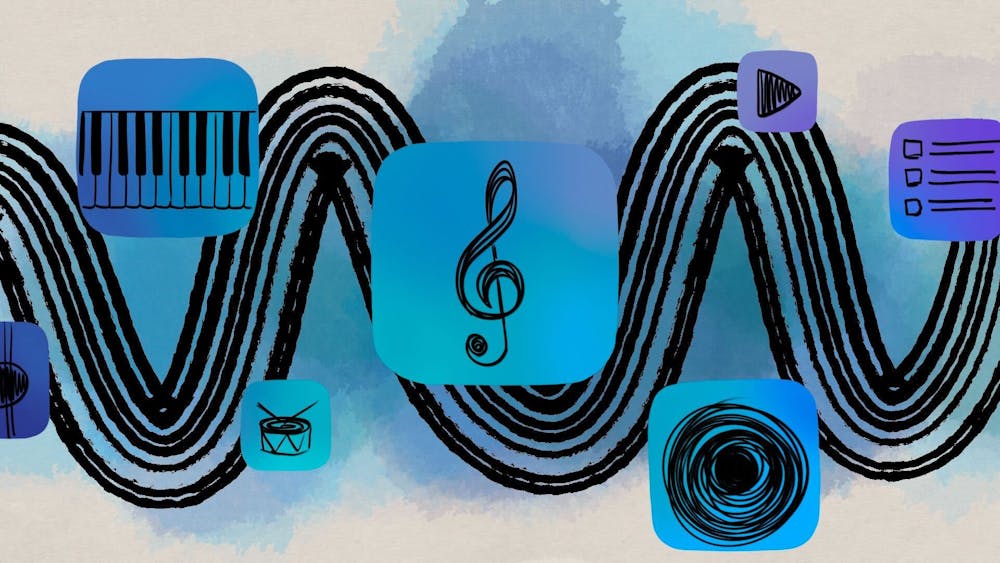When was the last time you listened to music on the radio? If you’re struggling to recall, you’re not alone. With music streaming services like Spotify and Apple Music taking over the industry, the ways people experience and engage with music have completely changed. Up until 2017, the radio was the most popular way of listening to music, but ever since it has been steadily overtaken by streaming services.
Listening to the radio often means having to patiently sit through several songs until a song you actually want to listen to comes on. The music that radio listeners are exposed to is entirely dependent on the choices made by radio stations. Music played on the radio is typically limited to popular songs and well—established artists, leading to less variety and diversity in music. This leaves almost no room for new artists to emerge and become popular.
Streaming services, however, allow people to have full control over their music—they can create their own playlists, share them with friends, and rediscover throwbacks. For example, Spotify Wrapped provides an analysis of listeners’ behaviors, which includes data such as their most–listened songs and artists, their top genres, a “sound town” city match based on listening habits, and even messages from their favorite artists. This creates a personalized experience that the radio is unable to provide.
Listeners are also able to share their Spotify Wrapped highlights on other social media platforms, such as Instagram. This social component sparks conversations and creates a sense of community among Spotify users. As users share their preferences for music, the social aspect adds another layer to the music streaming experience. While the radio can provide an exhilarating experience as you blast music on a late night ride with your friends, it can easily be replaced by a Bluetooth speaker connected to Spotify.
Streaming platforms offer listeners far more accessibility—people are often found listening to music on their phones while walking to class in the morning or studying in a library. By comparison, radios lack portability. As a result, radio listening is often limited to car rides or public spaces like malls or cafes.
Beyond their accessibility to listeners, through the democratization of the music industry, music streaming services empower smaller and lesser known artists, giving them a platform and the chance to gain popularity. With over 60% of adults between the ages of 18 and 34 listening to music using streaming services, artists have been able to gain visibility and recognition using nontraditional means. As a result, emerging artists like Laufey, Mitski, and Omar Apollo have become increasingly popular.
Omar Apollo in particular traces back his success to Spotify’s promotion of his 2017 song “Ugotme,” which resulted in him signing a deal with Warner Records. Similarly, the music of Laufey, an Icelandic jazz–inspired singer, has amassed over 14 million monthly listeners on Spotify. While pop music remains incredibly popular on traditional radio, other genres, like jazz or classical, have been able to gain popularity on streaming services. These platforms have allowed listeners to explore a diverse array of genres without being constrained to a predetermined set of songs.
The geographical constraints of radio signals pose another problem, as listeners are limited to channels in their area. On the other hand, streaming services allow listeners to be exposed to music from across the globe, often without advertisements interrupting their listening. While radio is confined to specific geographical areas, streaming services allow smaller artists to amass global support and become popular on an international scale.
As music consumption has made a shift from the radio to streaming services, the entire music industry has adapted and transformed. Streaming platforms provide listeners with personalized music experiences while also gathering data and analytics. This data is not only used for features like Spotify Wrapped, but it also serves to provide insight to record labels on emerging artists’ influence, popularity, and global reach.
Especially among younger generations, streaming services have gained popularity and impacted the way listeners engage with music. With music streaming services offering greater control over music choices, personalized listening, and more social music experiences, people have begun to prefer these platforms over the radio. As we experience a cultural shift in music from the dominance of the radio to the rise of music streaming services, the trajectory of music consumption is taking on a new direction.

